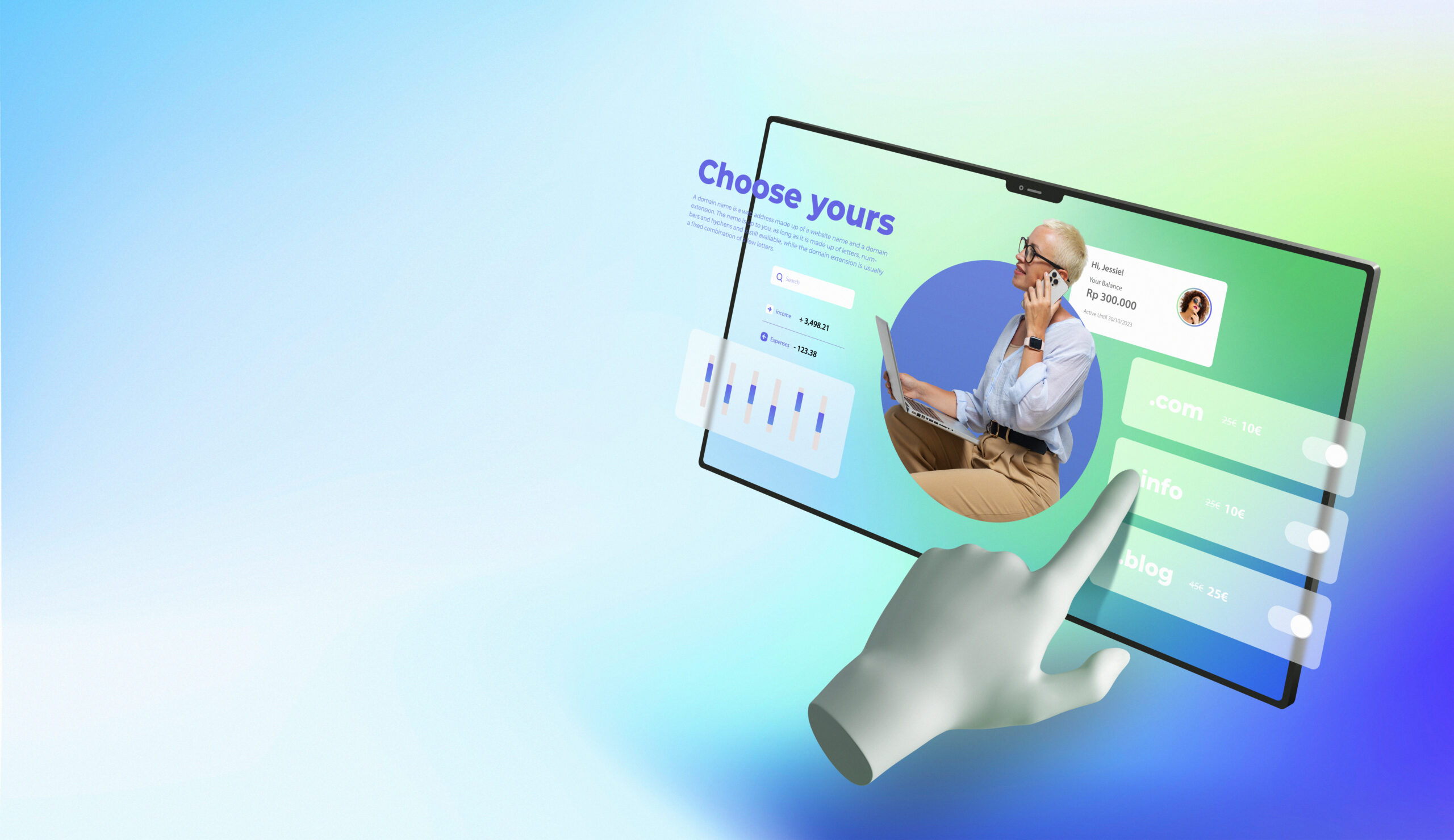In today’s digital era, one element continually stands out as a cornerstone for engaging an audience: the art of storytelling. It’s more than just words on a webpage or visuals that catch the eye. Storytelling in website design and content creation weaves a narrative, connects users emotionally, and crafts a memorable experience. By implementing strategic storytelling, brands can resonate on a more personal level with their audience. Now, let’s delve into how you can seamlessly integrate storytelling into your web design and content to elevate the user experience.
At Webtec we offer the best Website Redesign Services to create an attractive website for you!
The Emotional Connection: Tugging at Heartstrings
Crafting an emotional connection is vital in making your brand memorable. Using storytelling, you can evoke specific emotions that align with your brand’s message. For instance, if your brand champions sustainability, use narratives that stir feelings of responsibility and hope. Authentic testimonials, impactful imagery, and heartfelt stories can genuinely resonate with users, ensuring they feel an emotional tie to your brand.
Cohesive Design Elements: Uniting Story and Aesthetics
A compelling story is only half the battle. Integrating that story into your web design means ensuring that the visual elements of your site—like color, typography, and layout—complement the narrative. For example, if you’re telling a story about innovation and growth, your design elements should be forward-thinking and dynamic. This melding of design and storytelling creates a holistic experience for the user, ensuring they aren’t just passively scrolling but are actively engaged.
Content Clarity: Keeping It Simple and Impactful
The beauty of storytelling lies in its simplicity. Overloading users with information can deter them. Instead, focus on a clear and concise narrative that communicates your message effectively. Every piece of content, be it text, image, or video, should add value and move the story forward. Remember, clarity in storytelling ensures that your audience understands, relates to, and remembers your brand’s message.
There’s more to explore in our subsequent post: Transform Your Web Design with Parallax Scrolling.
Deep Dive into Emotional Connection: It’s All About Relatability
Storytelling in web design and content creation is a potent tool, primarily when it creates an emotional bridge between the brand and its audience. Human beings, by nature, are driven by emotions. When a user feels something profound while interacting with your content, they are more likely to remember it, share it, and act upon it.
How to Achieve It?
- Show, Don’t Just Tell: Use powerful visuals, be it through videos, infographics, or imagery, to convey emotions. A well-placed image of a satisfied customer or an evocative background visual can set the tone for the entire page.
- Use Authentic Voice: Your content should sound human. Personal anecdotes, real-life experiences, or even showcasing the people behind your brand can humanize your content and make it more relatable.
- Engage with Interactive Elements: Interactive content like quizzes, polls, or even simple hover effects can make the user feel involved in the story. When they play an active role, they feel a deeper connection.
Marrying Design and Story: A Symphony of Visuals
A harmonious blend of design elements and narrative is a cornerstone of impactful web storytelling. Users should feel the story at every touchpoint, from the header down to the footer.
Methods to Integrate Design and Story:
- Consistent Theme: Use a consistent theme that mirrors your story’s mood. If it’s an upbeat, positive story, bright colors and lively fonts work best. If it’s a serious, introspective tale, muted tones and formal typography can set the mood.
- Interactive Transitions: Utilize transitions between sections or pages that fit the story’s flow. For example, if your brand’s story is about growth, a transition effect that mimics “growing” or “expanding” can be apt.
- Iconography: Icons can be more than just decorative. Choose or design icons that align with the narrative points you’re emphasizing, ensuring they complement the story rather than distract from it.
Crystal Clear Content: Simplicity Reigns Supreme
In the age of information overload, less can indeed be more. Simplifying your message ensures it’s not lost amidst the noise.
Steps to Maintain Clarity:
- Bullet Points and Subheadings: Breaking down content into digestible chunks using bullet points or subheadings can help convey information more straightforwardly.
- Visual Hierarchy: Use design to guide users through the story. The most crucial parts of your narrative should stand out visually, drawing attention immediately.
- Relevant CTA: Ensure that calls to action align with the story you’re telling. If the narrative is about making a change, a CTA like “Take Action Now” is more impactful than a generic “Click Here.”
Conclusion
Integrating storytelling into website design and content creation isn’t just about spinning a tale. It’s about crafting an experience that resonates, connects, and remains etched in the user’s memory. By fostering emotional ties, ensuring cohesive design, and maintaining content clarity, brands can weave narratives that not only engage but also inspire action. As you venture forth in your content creation endeavors, remember that every brand has a story to tell—make yours unforgettable.


